- Home
- James Patterson
The Chef
The Chef Read online
The characters and events in this book are fictitious. Any similarity to real persons, living or dead, is coincidental and not intended by the author.
Copyright © 2019 by JBP Business, LLC
Cover design by Anthony Morais; photograph by Getty Images
Cover copyright © 2019 by Hachette Book Group, Inc.
Hachette Book Group supports the right to free expression and the value of copyright. The purpose of copyright is to encourage writers and artists to produce the creative works that enrich our culture.
The scanning, uploading, and distribution of this book without permission is a theft of the author’s intellectual property. If you would like permission to use material from the book (other than for review purposes), please contact [email protected]. Thank you for your support of the author’s rights.
Little, Brown and Company
Hachette Book Group
1290 Avenue of the Americas, New York, NY 10104
littlebrown.com
facebook.com/littlebrownandcompany
twitter.com/littlebrown
First Edition: February 2019
Little, Brown and Company is a division of Hachette Book Group, Inc. The Little, Brown name and logo are trademarks of Hachette Book Group, Inc.
The publisher is not responsible for websites (or their content) that are not owned by the publisher.
The Hachette Speakers Bureau provides a wide range of authors for speaking events. To find out more, go to hachettespeakersbureau.com or call (866) 376-6591.
ISBN 978-0-316-53000-2
E3-20190108-DA-PC-ORI
E3-20181213-DA-NF-ORI
Contents
Cover
Title Page
Copyright
Dedication
Chapter 1
Chapter 2
Chapter 3
Chapter 4
Chapter 5
Chapter 6
Chapter 7
Chapter 8
Chapter 9
Chapter 10
Chapter 11
Chapter 12
Chapter 13
Chapter 14
Chapter 15
Chapter 16
Chapter 17
Chapter 18
Chapter 19
Chapter 20
Chapter 21
Chapter 22
Chapter 23
Chapter 24
Chapter 25
Chapter 26
Chapter 27
Chapter 28
Chapter 29
Chapter 30
Chapter 31
Chapter 32
Chapter 33
Chapter 34
Chapter 35
Chapter 36
Chapter 37
Chapter 38
Chapter 39
Chapter 40
Chapter 41
Chapter 42
Chapter 43
Chapter 44
Chapter 45
Chapter 46
Chapter 47
Chapter 48
Chapter 49
Chapter 50
Chapter 51
Chapter 52
Chapter 53
Chapter 54
Chapter 55
Chapter 56
Chapter 57
Chapter 58
Chapter 59
Chapter 60
Chapter 61
Chapter 62
Chapter 63
Chapter 64
Chapter 65
Chapter 66
Chapter 67
Chapter 68
Chapter 69
Chapter 70
Chapter 71
Chapter 72
Chapter 73
Chapter 74
Chapter 75
Chapter 76
Chapter 77
Chapter 78
Chapter 79
Chapter 80
Chapter 81
Chapter 82
Chapter 83
Chapter 84
Chapter 85
Chapter 86
Chapter 87
Chapter 88
Chapter 89
Chapter 90
Chapter 91
Chapter 92
Chapter 93
Chapter 94
Chapter 95
Chapter 96
Chapter 97
Chapter 98
Chapter 99
Discover More James Patterson
Recipes from the Killer Chef Food Truck
About the Authors
Books by James Patterson
To Suzie and Jack—the chefs in our house
Chapter 1
“GIMME TWO scoops, three waddles, and a shake!”
Marlene is standing a few feet away from me, yelling out the next order because of the damn noise. Like the clanging of the manhole-sized skillet I’m using to sauté a fresh heap of diced onions, celery, and bell peppers. The popping and crackling of our deep fryer, louder than hail on a tin roof. The roar of the exhaust fan, straining to suck out all the smoke.
And that’s just inside our sweltering little food truck.
Outside, a line of hungry customers stretching twice around the block is starting to get rowdy, yelling out encouragement and menu demands. Midday traffic with its engines and horns is rumbling up and down Canal Street, along with rattling trolley cars. And seemingly out of nowhere, a five-person roving brass jazz band has appeared on the corner, blaring a toe-tapping tune, causing some in line to snap photos with their phones to preserve yet another memory of their trip to this enchanted place.
A collision of food, music, history, passion, chaos…yep, that pretty much sums up New Orleans for you. “Nawlins,” as us locals say it. NOLA. The Crescent City. The Big Easy. Different names for the same magical, one-of-a-kind place. My hometown of three-and-a-half decades. The capital of the world, as far as I’m concerned. A city where anything can happen, and nothing is ever as it seems.
Sometimes that’s a good thing.
Other times—and I refuse to go there at the moment—it’s a bad thing.
A very bad thing.
“Two scoops, three waddles, one shake!” I call back to Marlene, parroting the culinary shorthand we’ve developed running Killer Chef together these past few years. The work is grueling. Endless. Exhausting. But I love every second of it, doing something so simple yet so satisfying, providing great food at good prices to hungry and eager customers.
And with Marlene, I couldn’t imagine having a better partner in crime, even though we’ve been divorced for years.
From the stack of empty paper serving boats beside me, I take six and fan them out along my prep space like a poker dealer flicking cards. From a plastic baggie sticking out of my back pocket, I grab an organic green jalapeño chili pepper and pop it into my mouth for a spicy pick-me-up. It’s an unusual habit, I know, but better than a lot of other chefs’ vices—trust me. Then I get to work.
I start with the “scoops.” I fill two paper boats with mounds of fresh, piping-hot cheese grits. I top each with a healthy—well, unhealthy—dollop of softened butter, followed by a huge scoop of grillades. That’s a thick, fragrant Cajun stew made with seared veal medallions, onions, garlic, beef broth, and red wine.
Next come the “waddles.” Into three serving boats go generous portions of “dirty rice,” the grains the color of caramel, thanks to the spiced chicken giblets they’re cooked with. Then, from the sizzling griddle in front of me, I add to each one a gator boudin, a succulent smoked sausage made with the meat of that legendary bayou predator. (The first time I ever cooked one for Marlene, years back, she said it tasted so fresh and juicy, she half-expected it to waddle off her plate. The name stuck.)
Last, I make t
he “shake.” I dump a batch of twisted strips of raw dough into the metal deep-fryer basket, then plunge them into the scalding vat of oil. Once they’re golden brown and perfectly flaky, I slide them into a serving boat and dust them with precisely six shakes of powdered sugar. Most New Orleans joints serve beignets, a similar, more common regional pastry. But I’ve always preferred these, known as angel wings. And I’ve never been one to follow the crowd, either here or in my other career.
“Order up!” I cry, sliding the six steaming paper boats over to Marlene.
She grabs them without looking, bundling each with napkins and plastic cutlery. Then she hands them down through the service window to a gaggle of attractive women, already tipsy despite the early hour, each wearing a bright sash over their shoulders and tiaras in their hair. A bachelorette party, if I had to guess, which is about as common in this city as air.
“Thanks, Killer Chef,” one of the ladies says to me, twirling her colorful beaded necklaces around her finger. She adds with a coy giggle, “It sure looks…yummy.”
Most of our customers come to us for the incredible food. Can I help it if a few also want to flirt? And truth is, all sweaty, covered with food stains and smelling of cooking oil, I love the attention.
But before I can respond, Marlene answers for me—with a blatant eye roll.
“Oh, honey,” she says, her voice dripping with experience and sarcasm. “Don’t let Caleb’s two hundred pounds of hunkiness fool you. That man’s a lot like the sun. Plenty hot when he shines on you, but try to get close and he’ll burn you to a crisp. Believe me. I know.”
Good old Marlene. Opening this truck with her was one of the best decisions I ever made. But walking down the aisle with her? Eh, not so much.
I’m just about to tell these gals how my ex-wife is a lot like a lemon—sweet-looking but truly bitter—when something outside catches my eye.
And chills me, despite the sweltering heat inside my truck.
Down the block, four white boys in their mid-twenties are leaning against the hood of a black SUV, a Ford Explorer with new, shiny chrome rims. They’re passing around a bottle of liquor in a paper bag. Whispering among themselves. Watching the traffic go by. Watching the morning tourists stroll past.
But most of all, watching me.
I don’t recognize their faces, but I do recognize their clothes. Each is wearing something yellow. A yellow bandana. A yellow baseball cap. A yellow hoodie.
Gang colors.
They’re part of the Franklin Avenue Soldiers, an up-and-coming crew based out of the St. Roch neighborhood, a good four miles from here. I wasn’t expecting to see any of them this far from their turf. In fact, I was hoping that working this busy brunch shift would distract me, would help keep all that bullshit out of my brain for a few hours.
I should have known they’d find me.
Especially today.
“Hey, fall asleep at the stove again?” Marlene barks, jolting me back to reality. “I need four waddles, two shakes, and three scoops!”
And so goes the rest of our morning. I try to stay focused on cooking our food. On pleasing our customers. On flashing a devilish grin at the pretty ones. But every time I glance through the service window, those gangbangers are still out there. Glaring at me. Waiting for me to make my next move. Waiting for me to step out and away from all these potential witnesses lined up at my truck.
“And that’s the last of ’em,” Marlene finally says long minutes later, as the last two happy customers stroll away, leaving the sidewalk clear before us. She wipes her hands on her apron. It’s stained with so many different colors, it looks like some kind of abstract painting.
I’ve already untied my own apron—and stripped off my sweaty black T-shirt with the Killer Chef logo as well. I wet a clean towel with cold water and rub down my chest, belly, and arms, trying to get most of the sweat off. I reach for a black duffel bag in the corner of the truck. I unzip it and start rummaging inside. Marlene clicks her tongue, annoyed.
“You’re really not gonna stick around and help me prep for lunch, huh? Slacker.”
“Trust me, Mar, I’d much rather keep slaving away over a hot stove than get dragged over the hot coals that are waiting for me down the way,” I say, taking out a stick of deodorant that I liberally apply to each underarm. “Even if it means listening to you yammer on while I do it.”
My ex-wife snickers. We’re just busting each other’s chops. The truth is, I would rather do just about anything right now over what I’m about to. And she knows it, too.
“Caleb,” she says softly, putting her hand on my bare chest. “Good luck.”
“Thanks,” I answer. Then I remove from the duffel bag a folded blue dress shirt, along with a plastic ID card dangling from a cloth lanyard.
It reads: ROONEY, CALEB J.—DETECTIVE—NEW ORLEANS POLICE DEPARTMENT.
I have a badge, too. I swear. And a gun.
But currently, they’re not in my possession.
Long story.
I slip on the collared shirt, stuff my ID into my pocket, then look one more time through the service window at those gangbangers.
To my surprise, they’re gone.
I should be relieved, but I’m not.
I know at the time and place of their choosing, they’ll be back.
And they won’t be lining up for my famous food.
Chapter 2
I STEP out of the food truck and suck in a deep breath of fresh air from the sidewalk.
The temperature probably topped triple digits inside that metal sardine can, but out here it’s balmy and delightful. Folks are walking around in shorts and T-shirts. The palm trees lining Canal Street are gently swaying from the slight breeze. Anytime is a perfect time to visit New Orleans, if you ask me, but February can’t be beat, especially if you’re from some frozen place like Maine or Minnesota.
I start walking north away from my truck and ex-wife. After a few steps, I hear a metallic screeching and clattering coming up behind me. Turning back, I see a distinctive red and yellow vintage streetcar slowing down as it nears its next stop. If I broke into a jog, I could probably catch it. I’m going in that direction anyway. But I decide not to. I’m in no rush. Besides, I want to use the mile-and-a-half walk to do some thinking.
And ponder that visit from the Franklin Avenue Soldiers.
So I keep strolling, taking in all the sights and sounds. Preparations are well under way for Carnival, the two wild weeks leading up to Mardi Gras, the single greatest party on the entire planet—at least in my totally biased opinion.
It kicks off tonight and you can feel it in the air, see it everywhere you look. Shopkeepers have started hanging up purple, green, and gold streamers, flags, and other decorations in their windows. Eager, excited tourists have already begun trickling in. And at various key intersections around the city, the NOPD has started placing Delta barriers—big, white, mechanical traffic barricades that keep cars off designated parade routes and pedestrian paths. Things can get pretty crazy when the festivities are in full swing, but law, order, and safety are always top priorities.
Right now, I’m thinking about my own safety.
In more ways than one.
As I keep moving, scanning the streets for any lurking Franklin Avenue boys, I mentally rehearse how this whole thing is going to play out in just a short while.
I know what I saw. I know I did the right thing. And I know what I want to say.
So why do I still feel like I’m walking the plank?
Soon I’m hooking a left onto South Broad Avenue. I keep going until I cross Tulane—the thoroughfare, not the university. Up ahead is the Orleans Parish criminal court, one of the ugliest buildings in this otherwise beautiful city, a hideous concrete fortress surrounded by barbed-wire fences.
After I cross Gravier Street, my destination comes into view. Set back from the road by a wide courtyard, it’s a place I’ve spent hundreds of hours of my life and been a part of some extraordinary invest
igations. But today, the New Orleans Police Department headquarters feels different. Strange. Foreboding. Uninviting.
I consider whether to enter through one of its side doors, or maybe via the staff parking garage. Both would avoid a possible scene.
But that would also make it look like I had something to hide.
Screw that.
I take a final moment to compose myself. Then I march straight through the courtyard and up to the main entrance. As I expected, a flock of reporters is there waiting. They spot me, and the feeding frenzy begins. They’d all showed up at Killer Chef earlier, but Marlene screamed that she’d ban them from the truck forever if they didn’t leave us alone. That took care of them.
“Detective Rooney, Detective Rooney!” they yell. “Any last words before you—”
“Last words?” I ask wryly. “This isn’t an execution. Just a firing squad.”
A shout comes from the rear of the journalist scrum. “Is it true you’ve waived your right to have a police union official or other counsel represent you?”
“You’re looking at an innocent man,” I firmly say.
I’ve nearly reached the glass front doors. I’m almost inside. So the questions come even faster, in a frantic jumble, like they’re desperately trying to trip me up.
“What outcome are you expecting this afternoon, Detective?”
“How do you respond to critics who claim this whole proceeding is a sham?”
“Do you regret any of your actions?”
“Do you have anything to say to the victim’s family?”
Grasping the metal door handle, I turn back and face the thick throng of reporters, some I know intimately from investigations past. You’d think they’d show me some courtesy, some consideration, not be part of a baying pack eager to bring me down.
But you’d be wrong.
To them, I’m a story now. Strictly business. Nothing personal.
The reporters finally quiet down, waiting, their cameras and phones ready and rolling.
I want to say plenty. To everyone involved.
But not here. Not now.
I give the crowd a nod and head inside, knowing that when I eventually leave this huge building with so many memories, I won’t be the same man who came in.
Which both frightens and exhilarates me.
Chapter 3

 Miracle at Augusta
Miracle at Augusta The Store
The Store The Midnight Club
The Midnight Club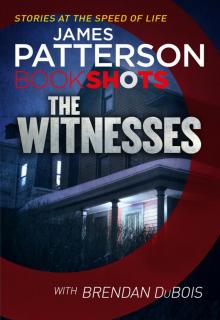 The Witnesses
The Witnesses The 9th Judgment
The 9th Judgment Against Medical Advice
Against Medical Advice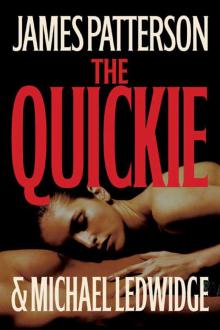 The Quickie
The Quickie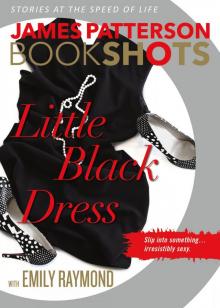 Little Black Dress
Little Black Dress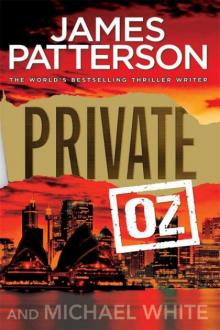 Private Oz
Private Oz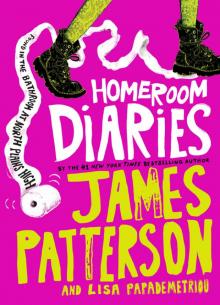 Homeroom Diaries
Homeroom Diaries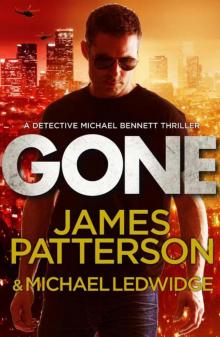 Gone
Gone Lifeguard
Lifeguard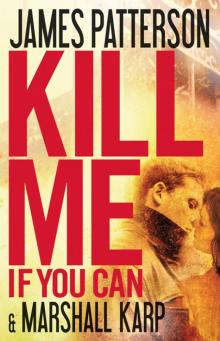 Kill Me if You Can
Kill Me if You Can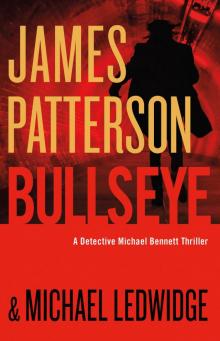 Bullseye
Bullseye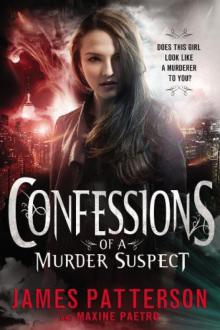 Confessions of a Murder Suspect
Confessions of a Murder Suspect Black Friday
Black Friday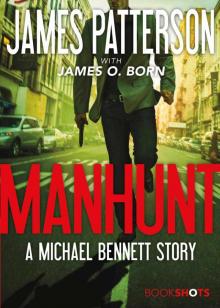 Manhunt
Manhunt Filthy Rich
Filthy Rich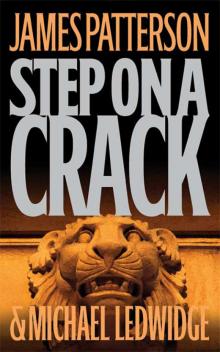 Step on a Crack
Step on a Crack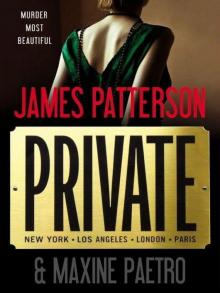 Private
Private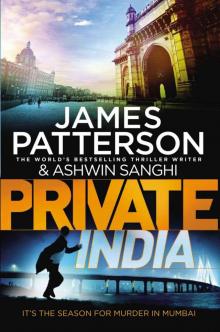 Private India
Private India Game Over
Game Over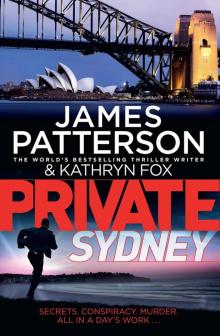 Private Sydney
Private Sydney The Murder House
The Murder House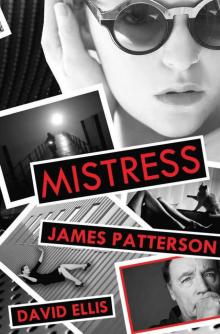 Mistress
Mistress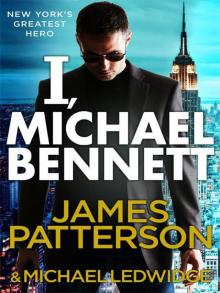 I, Michael Bennett
I, Michael Bennett The Gift
The Gift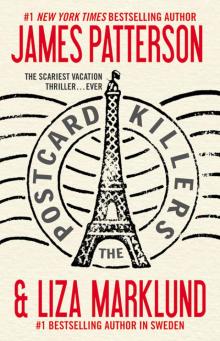 The Postcard Killers
The Postcard Killers The Shut-In
The Shut-In The House Husband
The House Husband The Lost
The Lost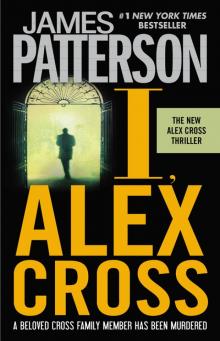 I, Alex Cross
I, Alex Cross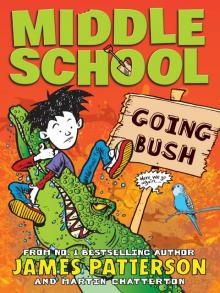 Going Bush
Going Bush 16th Seduction
16th Seduction The Jester
The Jester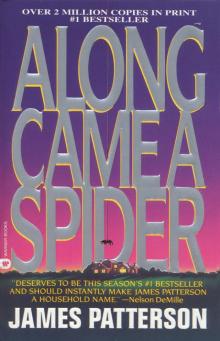 Along Came a Spider
Along Came a Spider The Lake House
The Lake House Four Blind Mice
Four Blind Mice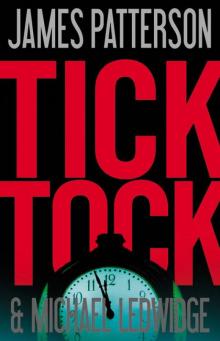 Tick Tock
Tick Tock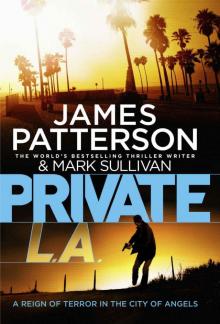 Private L.A.
Private L.A.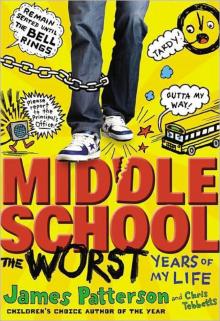 Middle School, the Worst Years of My Life
Middle School, the Worst Years of My Life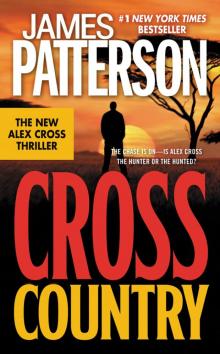 Cross Country
Cross Country The Final Warning
The Final Warning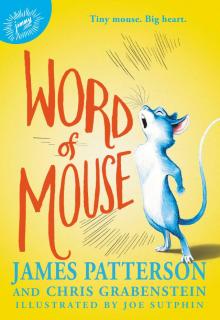 Word of Mouse
Word of Mouse Come and Get Us
Come and Get Us Sail
Sail I Funny TV: A Middle School Story
I Funny TV: A Middle School Story Private London
Private London Save Rafe!
Save Rafe!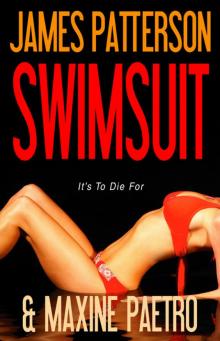 Swimsuit
Swimsuit Sam's Letters to Jennifer
Sam's Letters to Jennifer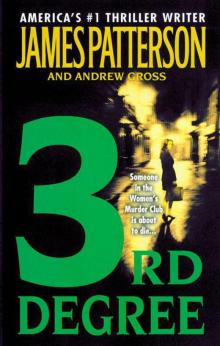 3rd Degree
3rd Degree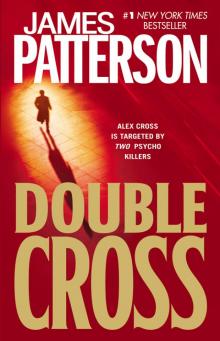 Double Cross
Double Cross Judge & Jury
Judge & Jury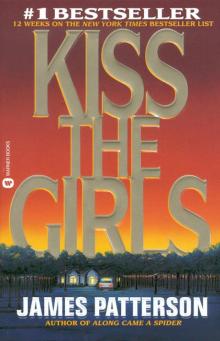 Kiss the Girls
Kiss the Girls Second Honeymoon
Second Honeymoon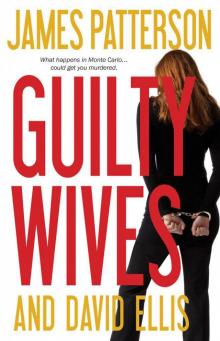 Guilty Wives
Guilty Wives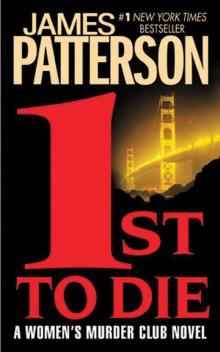 1st to Die
1st to Die NYPD Red 4
NYPD Red 4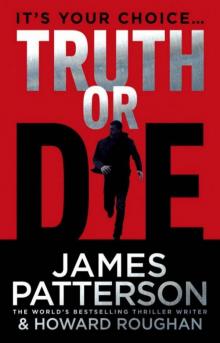 Truth or Die
Truth or Die Private Vegas
Private Vegas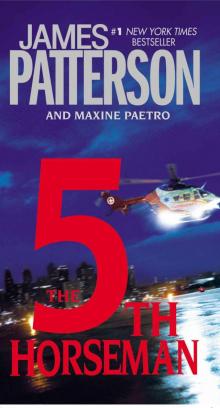 The 5th Horseman
The 5th Horseman 7th Heaven
7th Heaven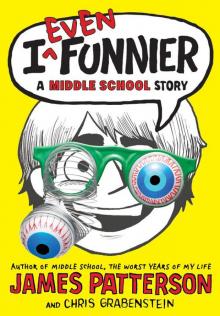 I Even Funnier
I Even Funnier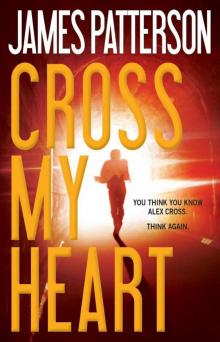 Cross My Heart
Cross My Heart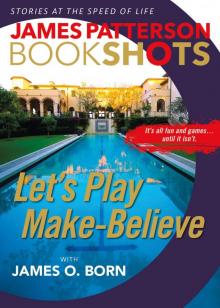 Let’s Play Make-Believe
Let’s Play Make-Believe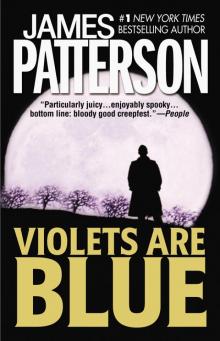 Violets Are Blue
Violets Are Blue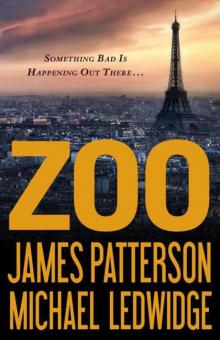 Zoo
Zoo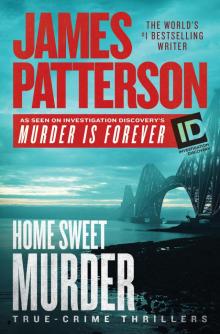 Home Sweet Murder
Home Sweet Murder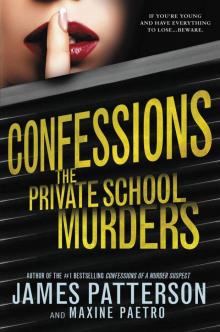 The Private School Murders
The Private School Murders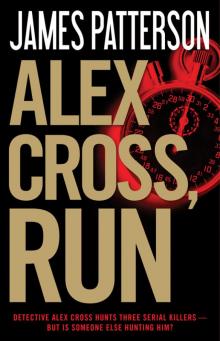 Alex Cross, Run
Alex Cross, Run Hunted: BookShots
Hunted: BookShots The Fire
The Fire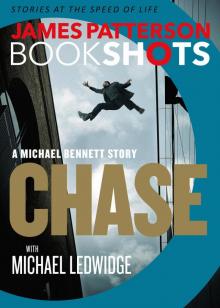 Chase
Chase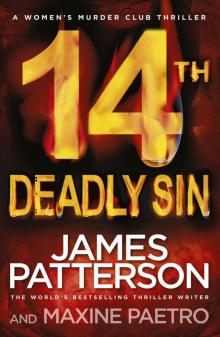 14th Deadly Sin
14th Deadly Sin Bloody Valentine
Bloody Valentine The 17th Suspect
The 17th Suspect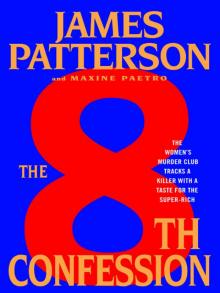 The 8th Confession
The 8th Confession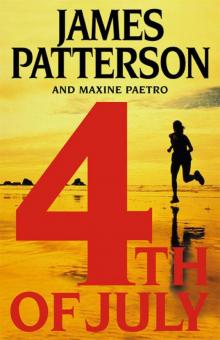 4th of July
4th of July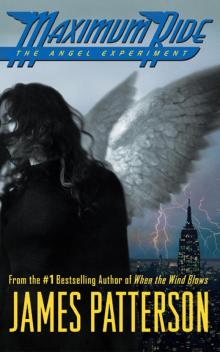 The Angel Experiment
The Angel Experiment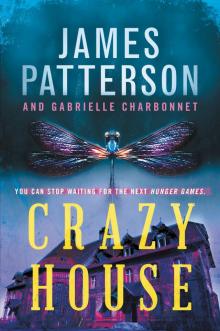 Crazy House
Crazy House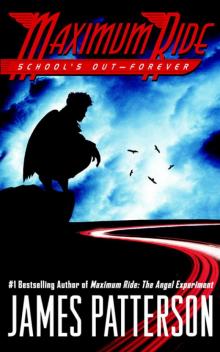 School's Out - Forever
School's Out - Forever Suzanne's Diary for Nicholas
Suzanne's Diary for Nicholas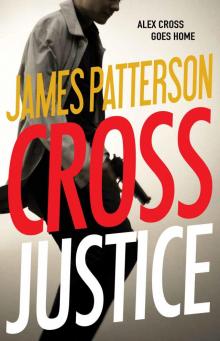 Cross Justice
Cross Justice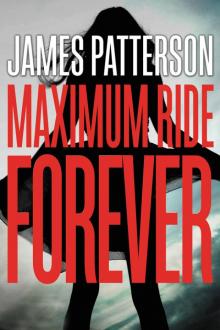 Maximum Ride Forever
Maximum Ride Forever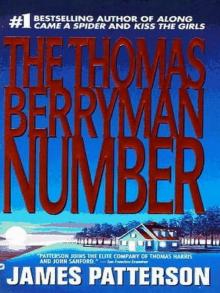 The Thomas Berryman Number
The Thomas Berryman Number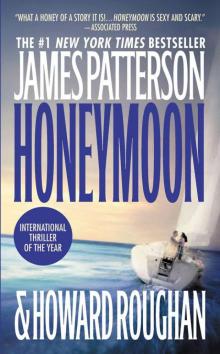 Honeymoon
Honeymoon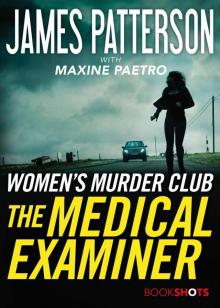 The Medical Examiner
The Medical Examiner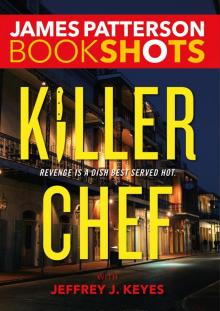 Killer Chef
Killer Chef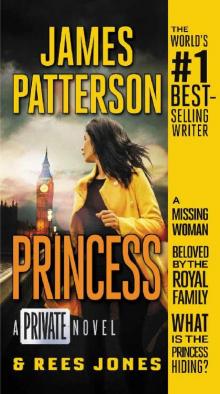 Private Princess
Private Princess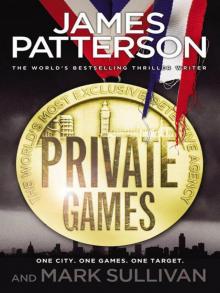 Private Games
Private Games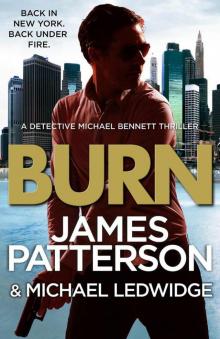 Burn
Burn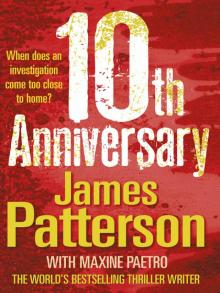 10th Anniversary
10th Anniversary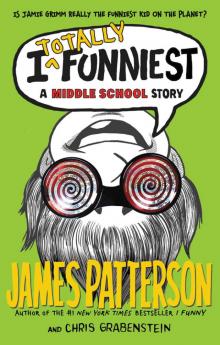 I Totally Funniest: A Middle School Story
I Totally Funniest: A Middle School Story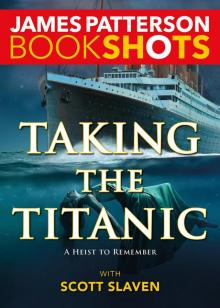 Taking the Titanic
Taking the Titanic The Lawyer Lifeguard
The Lawyer Lifeguard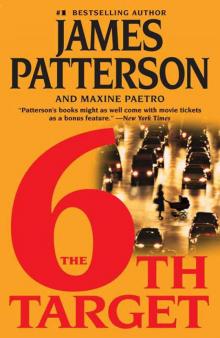 The 6th Target
The 6th Target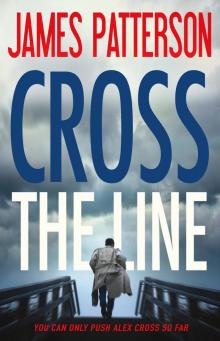 Cross the Line
Cross the Line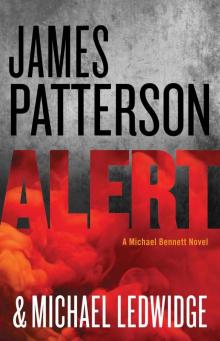 Alert
Alert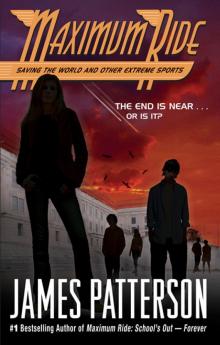 Saving the World and Other Extreme Sports
Saving the World and Other Extreme Sports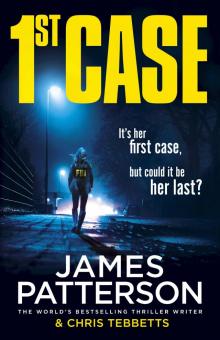 1st Case
1st Case Unlucky 13
Unlucky 13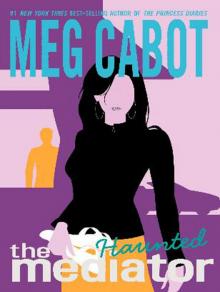 Haunted
Haunted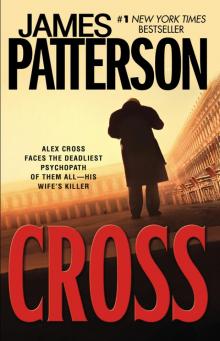 Cross
Cross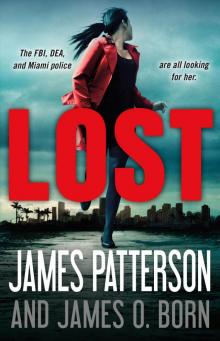 Lost
Lost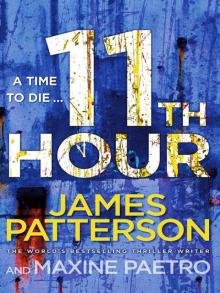 11th Hour
11th Hour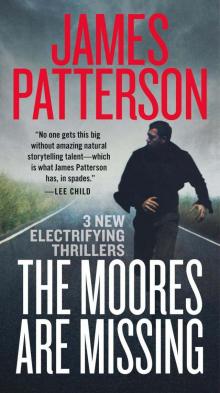 Bookshots Thriller Omnibus
Bookshots Thriller Omnibus Target: Alex Cross
Target: Alex Cross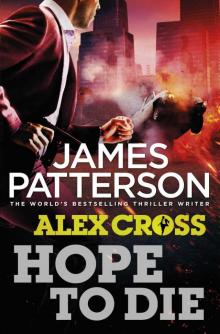 Hope to Die
Hope to Die The Noise
The Noise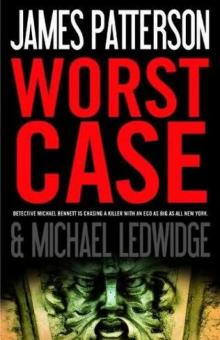 Worst Case
Worst Case Dog's Best Friend
Dog's Best Friend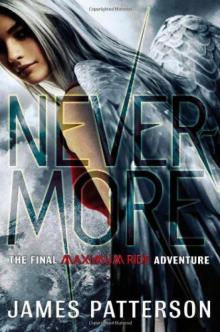 Nevermore: The Final Maximum Ride Adventure
Nevermore: The Final Maximum Ride Adventure I Funny: A Middle School Story
I Funny: A Middle School Story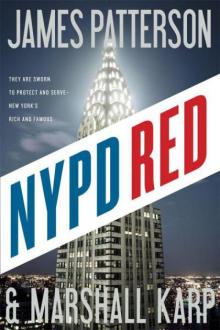 NYPD Red
NYPD Red Till Murder Do Us Part
Till Murder Do Us Part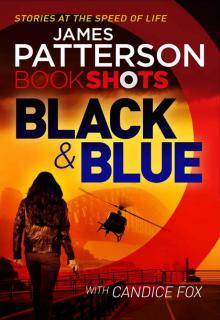 Black & Blue
Black & Blue Fang
Fang Liar Liar
Liar Liar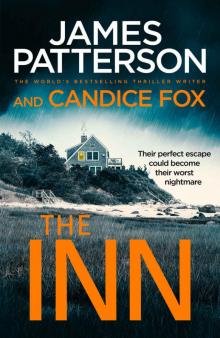 The Inn
The Inn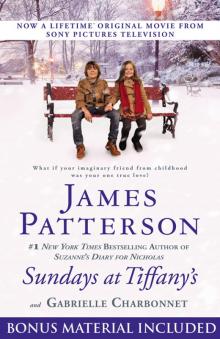 Sundays at Tiffany's
Sundays at Tiffany's Middle School: Escape to Australia
Middle School: Escape to Australia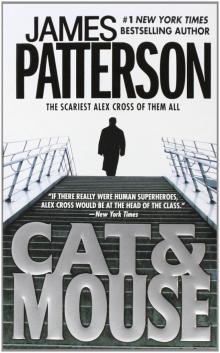 Cat and Mouse
Cat and Mouse Instinct
Instinct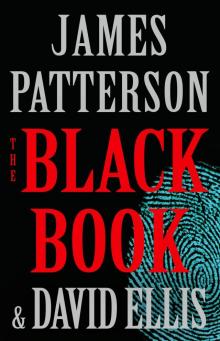 The Black Book
The Black Book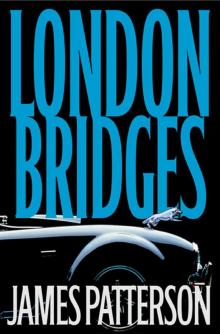 London Bridges
London Bridges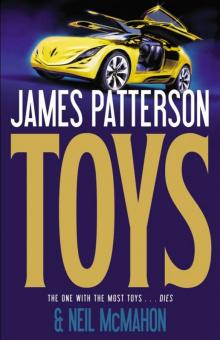 Toys
Toys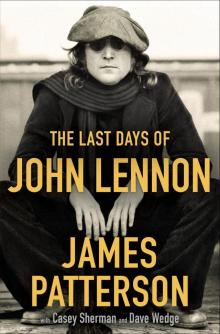 The Last Days of John Lennon
The Last Days of John Lennon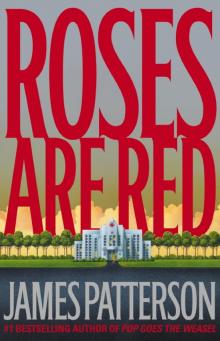 Roses Are Red
Roses Are Red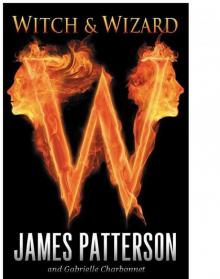 Witch & Wizard
Witch & Wizard The Dolls
The Dolls The Christmas Wedding
The Christmas Wedding The River Murders
The River Murders The 18th Abduction
The 18th Abduction The 19th Christmas
The 19th Christmas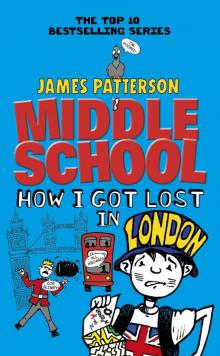 Middle School: How I Got Lost in London
Middle School: How I Got Lost in London Just My Rotten Luck
Just My Rotten Luck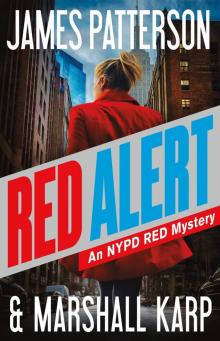 Red Alert
Red Alert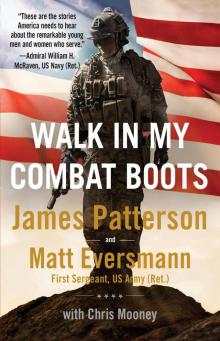 Walk in My Combat Boots
Walk in My Combat Boots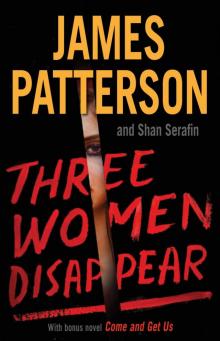 Three Women Disappear
Three Women Disappear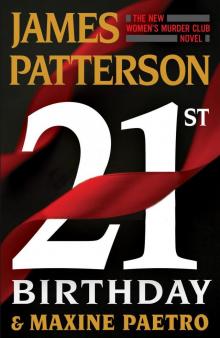 21st Birthday
21st Birthday All-American Adventure
All-American Adventure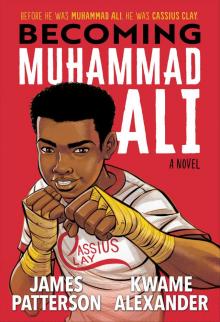 Becoming Muhammad Ali
Becoming Muhammad Ali The Murder of an Angel
The Murder of an Angel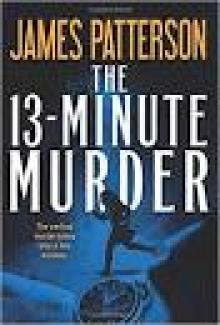 The 13-Minute Murder
The 13-Minute Murder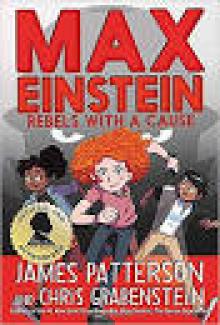 Rebels With a Cause
Rebels With a Cause The Trial
The Trial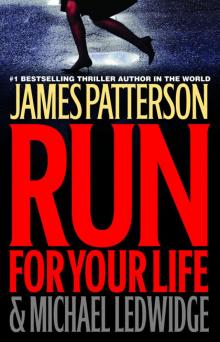 Run for Your Life
Run for Your Life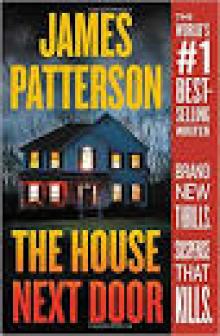 The House Next Door
The House Next Door NYPD Red 2
NYPD Red 2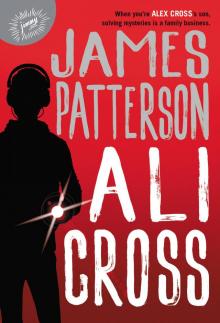 Ali Cross
Ali Cross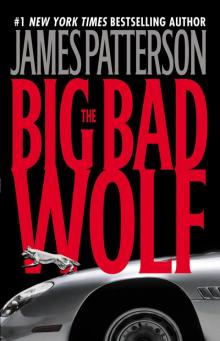 The Big Bad Wolf
The Big Bad Wolf Middle School: My Brother Is a Big, Fat Liar
Middle School: My Brother Is a Big, Fat Liar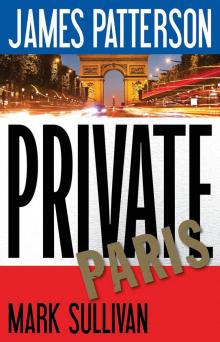 Private Paris
Private Paris Miracle on the 17th Green
Miracle on the 17th Green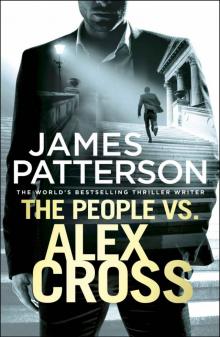 The People vs. Alex Cross
The People vs. Alex Cross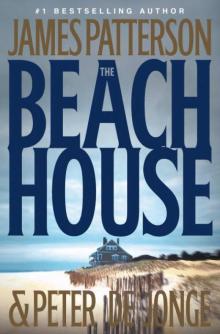 The Beach House
The Beach House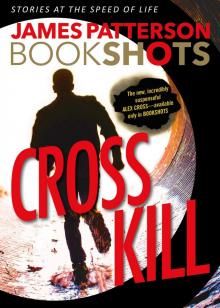 Cross Kill
Cross Kill Dog Diaries
Dog Diaries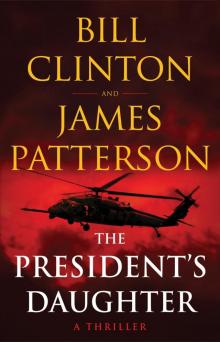 The President's Daughter
The President's Daughter Happy Howlidays
Happy Howlidays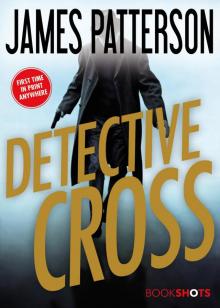 Detective Cross
Detective Cross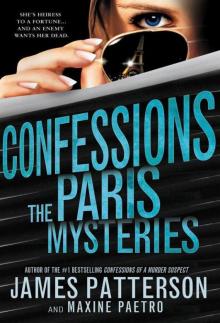 The Paris Mysteries
The Paris Mysteries Watch the Skies
Watch the Skies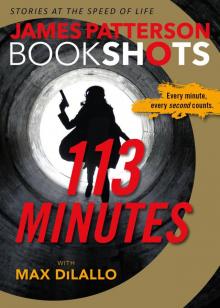 113 Minutes
113 Minutes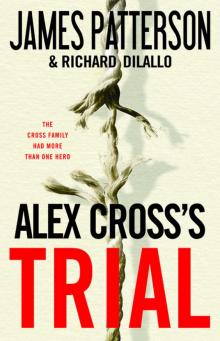 Alex Cross's Trial
Alex Cross's Trial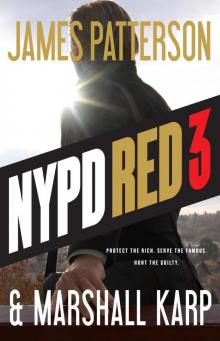 NYPD Red 3
NYPD Red 3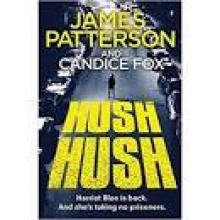 Hush Hush
Hush Hush Now You See Her
Now You See Her Merry Christmas, Alex Cross
Merry Christmas, Alex Cross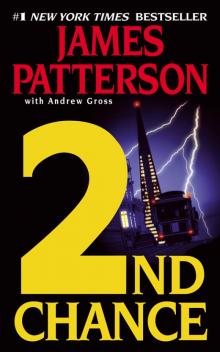 2nd Chance
2nd Chance Private Royals
Private Royals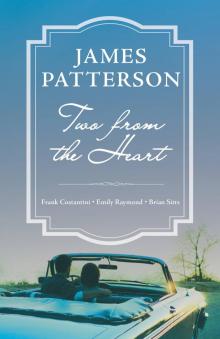 Two From the Heart
Two From the Heart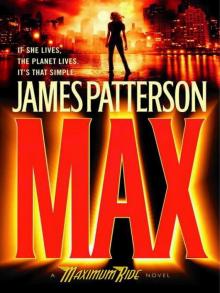 Max
Max I, Funny
I, Funny Blindside (Michael Bennett)
Blindside (Michael Bennett) Sophia, Princess Among Beasts
Sophia, Princess Among Beasts Armageddon
Armageddon Don't Blink
Don't Blink NYPD Red 6
NYPD Red 6 The First Lady
The First Lady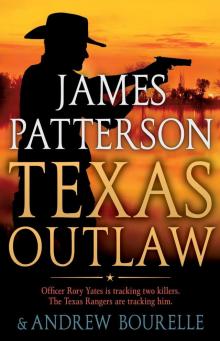 Texas Outlaw
Texas Outlaw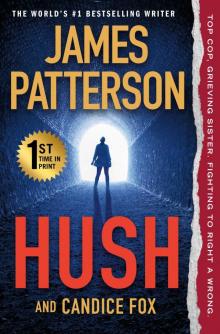 Hush
Hush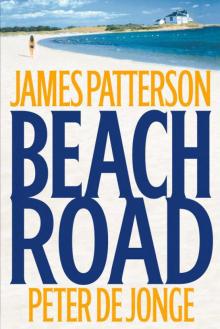 Beach Road
Beach Road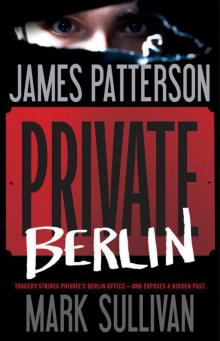 Private Berlin
Private Berlin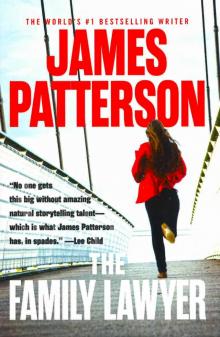 The Family Lawyer
The Family Lawyer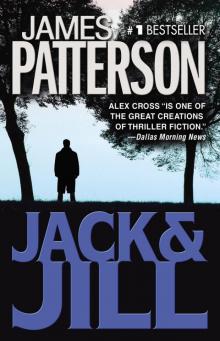 Jack & Jill
Jack & Jill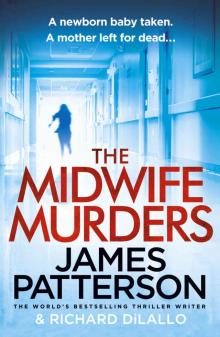 The Midwife Murders
The Midwife Murders Middle School: Rafe's Aussie Adventure
Middle School: Rafe's Aussie Adventure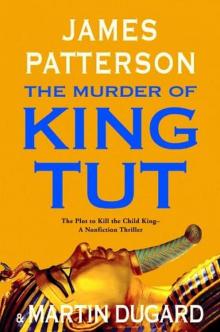 The Murder of King Tut: The Plot to Kill the Child King
The Murder of King Tut: The Plot to Kill the Child King First Love
First Love The Dangerous Days of Daniel X
The Dangerous Days of Daniel X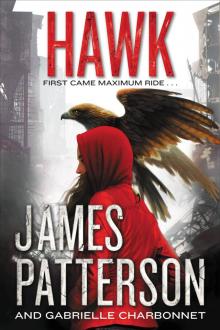 Hawk
Hawk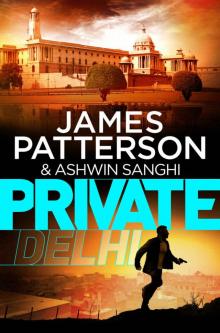 Private Delhi
Private Delhi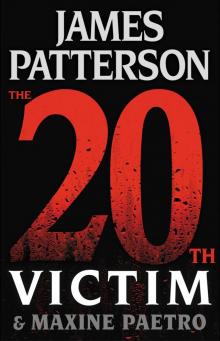 The 20th Victim
The 20th Victim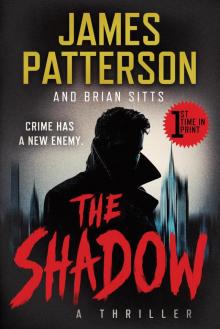 The Shadow
The Shadow Katt vs. Dogg
Katt vs. Dogg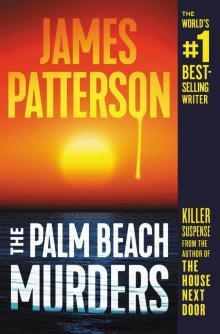 The Palm Beach Murders
The Palm Beach Murders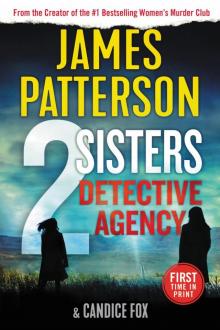 2 Sisters Detective Agency
2 Sisters Detective Agency Humans, Bow Down
Humans, Bow Down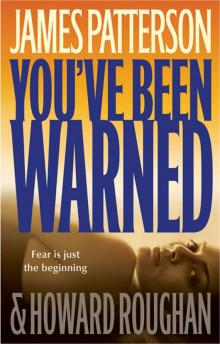 You've Been Warned
You've Been Warned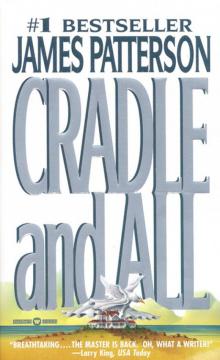 Cradle and All
Cradle and All 20th Victim: (Women’s Murder Club 20) (Women's Murder Club)
20th Victim: (Women’s Murder Club 20) (Women's Murder Club)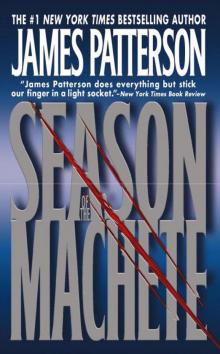 Season of the Machete
Season of the Machete Woman of God
Woman of God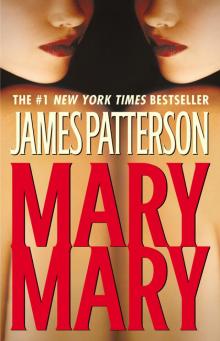 Mary, Mary
Mary, Mary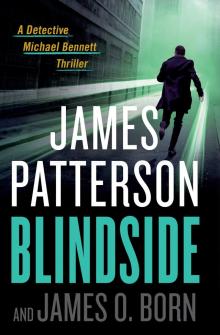 Blindside
Blindside Invisible
Invisible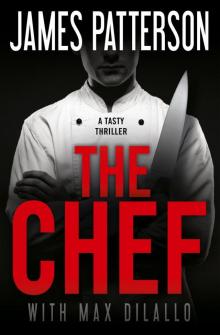 The Chef
The Chef Revenge
Revenge See How They Run
See How They Run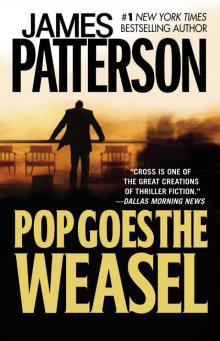 Pop Goes the Weasel
Pop Goes the Weasel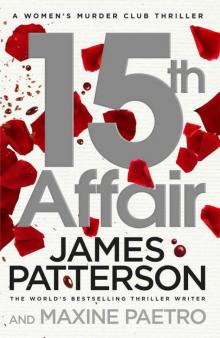 15th Affair
15th Affair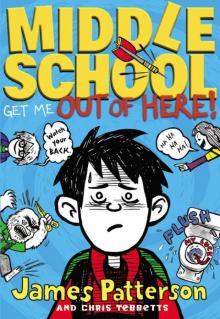 Middle School: Get Me Out of Here!
Middle School: Get Me Out of Here!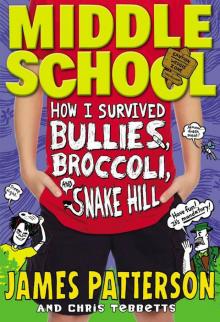 Middle School: How I Survived Bullies, Broccoli, and Snake Hill
Middle School: How I Survived Bullies, Broccoli, and Snake Hill From Hero to Zero - Chris Tebbetts
From Hero to Zero - Chris Tebbetts G'day, America
G'day, America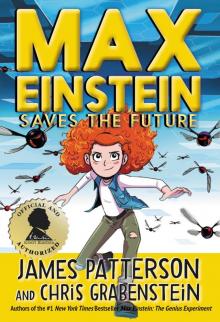 Max Einstein Saves the Future
Max Einstein Saves the Future The Cornwalls Are Gone
The Cornwalls Are Gone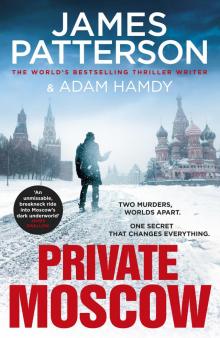 Private Moscow
Private Moscow Two Schools Out - Forever
Two Schools Out - Forever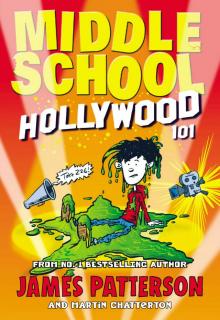 Hollywood 101
Hollywood 101 Deadly Cargo: BookShots
Deadly Cargo: BookShots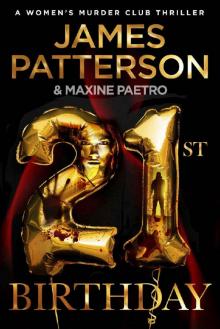 21st Birthday (Women's Murder Club)
21st Birthday (Women's Murder Club) The Sky Is Falling
The Sky Is Falling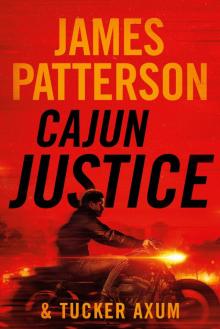 Cajun Justice
Cajun Justice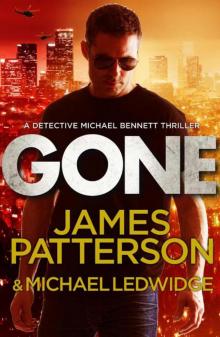 Bennett 06 - Gone
Bennett 06 - Gone The House of Kennedy
The House of Kennedy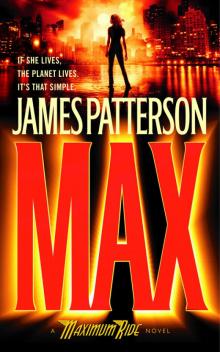 Waterwings
Waterwings Murder is Forever, Volume 2
Murder is Forever, Volume 2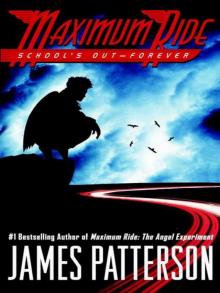 Maximum Ride 02
Maximum Ride 02 Treasure Hunters--The Plunder Down Under
Treasure Hunters--The Plunder Down Under Private Royals: BookShots (A Private Thriller)
Private Royals: BookShots (A Private Thriller) After the End
After the End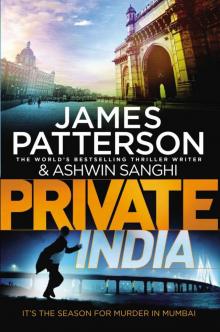 Private India: (Private 8)
Private India: (Private 8) Escape to Australia
Escape to Australia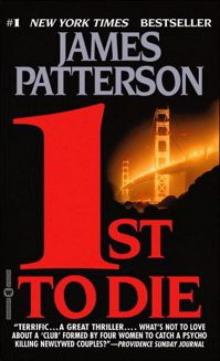 WMC - First to Die
WMC - First to Die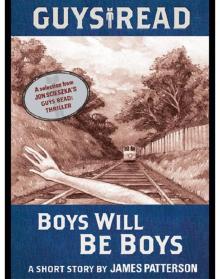 Boys Will Be Boys
Boys Will Be Boys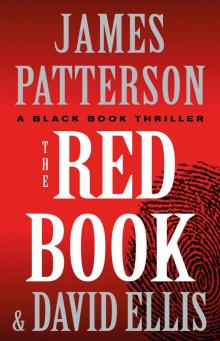 The Red Book
The Red Book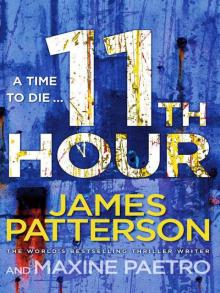 11th hour wmc-11
11th hour wmc-11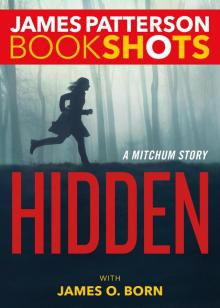 Hidden
Hidden You've Been Warned--Again
You've Been Warned--Again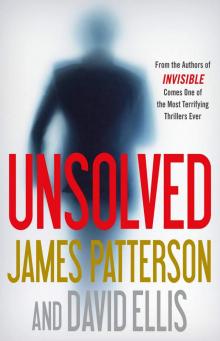 Unsolved
Unsolved Pottymouth and Stoopid
Pottymouth and Stoopid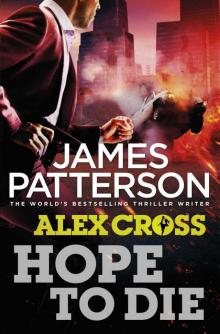 Hope to Die: (Alex Cross 22)
Hope to Die: (Alex Cross 22) The Moores Are Missing
The Moores Are Missing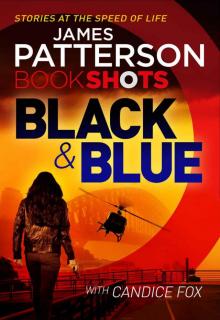 Black & Blue: BookShots (Detective Harriet Blue Series)
Black & Blue: BookShots (Detective Harriet Blue Series) Airport - Code Red: BookShots
Airport - Code Red: BookShots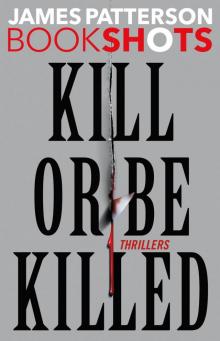 Kill or Be Killed
Kill or Be Killed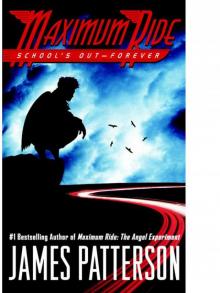 School's Out--Forever
School's Out--Forever When the Wind Blows
When the Wind Blows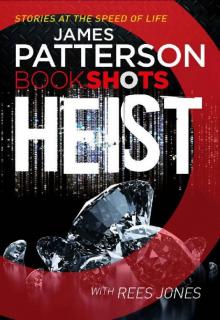 Heist: BookShots
Heist: BookShots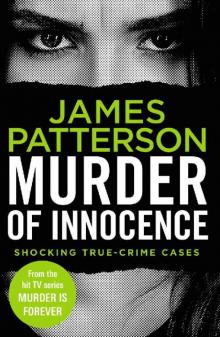 Murder of Innocence (Murder Is Forever)
Murder of Innocence (Murder Is Forever)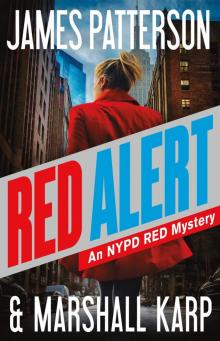 Red Alert_An NYPD Red Mystery
Red Alert_An NYPD Red Mystery Malicious
Malicious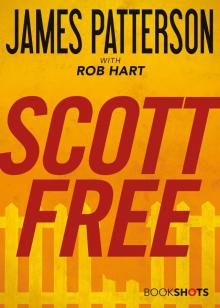 Scott Free
Scott Free The Summer House
The Summer House French Kiss
French Kiss Treasure Hunters
Treasure Hunters Murder Is Forever, Volume 1
Murder Is Forever, Volume 1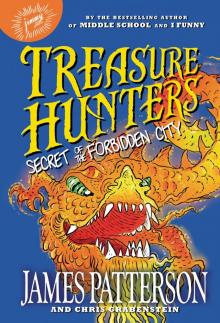 Secret of the Forbidden City
Secret of the Forbidden City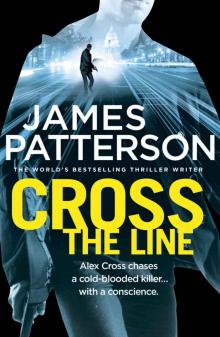 Cross the Line: (Alex Cross 24)
Cross the Line: (Alex Cross 24) Witch & Wizard: The Fire
Witch & Wizard: The Fire![Women's Murder Club [06] The 6th Target Read online](http://i1.bookreadfree.com/i/03/24/womens_murder_club_06_the_6th_target_preview.jpg) Women's Murder Club [06] The 6th Target
Women's Murder Club [06] The 6th Target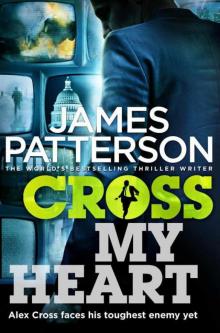 Cross My Heart ac-21
Cross My Heart ac-21 Alex Cross’s Trial ак-15
Alex Cross’s Trial ак-15 Alex Cross 03 - Jack & Jill
Alex Cross 03 - Jack & Jill Liar Liar: (Harriet Blue 3) (Detective Harriet Blue Series)
Liar Liar: (Harriet Blue 3) (Detective Harriet Blue Series) Cross Country ак-14
Cross Country ак-14 Honeymoon h-1
Honeymoon h-1 Maximum Ride: The Angel Experiment
Maximum Ride: The Angel Experiment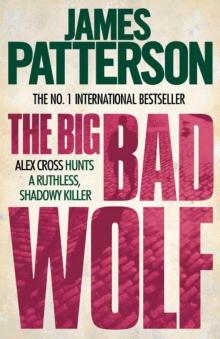 The Big Bad Wolf ак-9
The Big Bad Wolf ак-9 Dead Heat: BookShots (Book Shots)
Dead Heat: BookShots (Book Shots)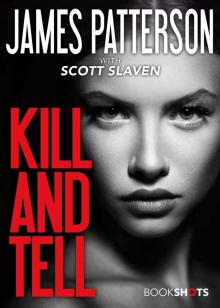 Kill and Tell
Kill and Tell Avalanche
Avalanche Robot Revolution
Robot Revolution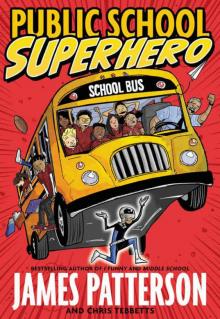 Public School Superhero
Public School Superhero 12th of Never
12th of Never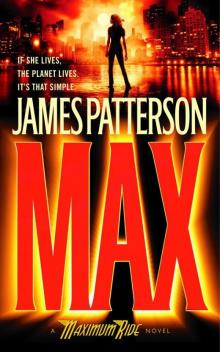 Max: A Maximum Ride Novel
Max: A Maximum Ride Novel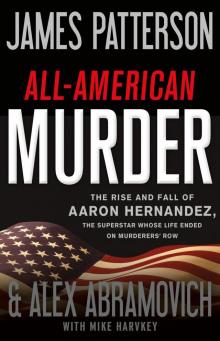 All-American Murder
All-American Murder Murder Games
Murder Games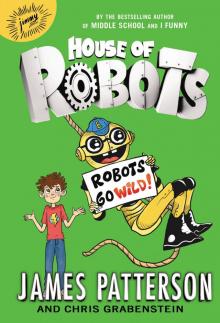 Robots Go Wild!
Robots Go Wild!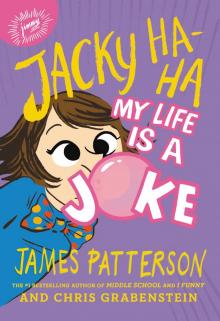 My Life Is a Joke
My Life Is a Joke Private: Gold
Private: Gold Demons and Druids
Demons and Druids Jacky Ha-Ha
Jacky Ha-Ha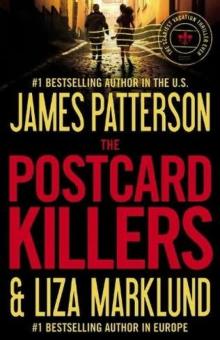 Postcard killers
Postcard killers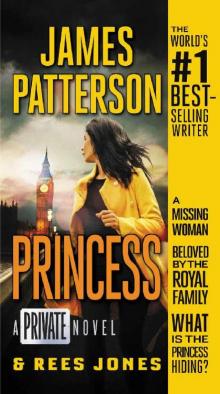 Princess: A Private Novel
Princess: A Private Novel Kill Alex Cross ac-18
Kill Alex Cross ac-18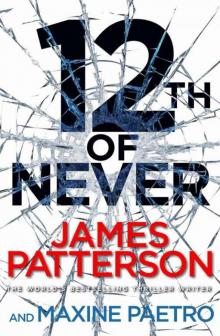 12th of Never wmc-12
12th of Never wmc-12 The Murder of King Tut
The Murder of King Tut I Totally Funniest
I Totally Funniest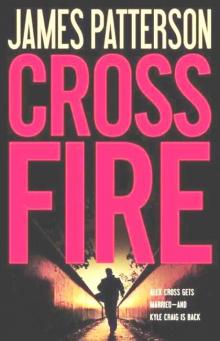 Cross Fire ак-17
Cross Fire ак-17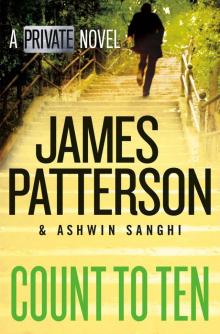 Count to Ten
Count to Ten![Women's Murder Club [10] 10th Anniversary Read online](http://i1.bookreadfree.com/i1/03/30/womens_murder_club_10_10th_anniversary_preview.jpg) Women's Murder Club [10] 10th Anniversary
Women's Murder Club [10] 10th Anniversary![Women's Murder Club [01] 1st to Die Read online](http://i1.bookreadfree.com/i1/03/31/womens_murder_club_01_1st_to_die_preview.jpg) Women's Murder Club [01] 1st to Die
Women's Murder Club [01] 1st to Die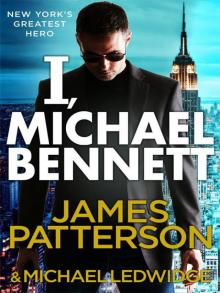 I, Michael Bennett mb-5
I, Michael Bennett mb-5 Nooners
Nooners![Women's Murder Club [08] The 8th Confession Read online](http://i1.bookreadfree.com/i1/04/03/womens_murder_club_08_the_8th_confession_preview.jpg) Women's Murder Club [08] The 8th Confession
Women's Murder Club [08] The 8th Confession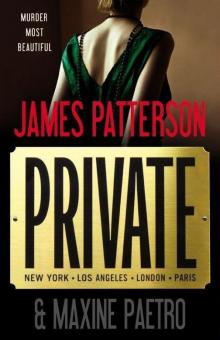 Private jm-1
Private jm-1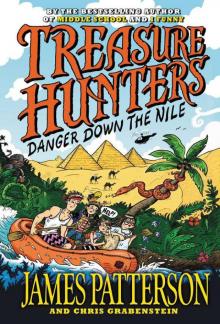 Treasure Hunters: Danger Down the Nile
Treasure Hunters: Danger Down the Nile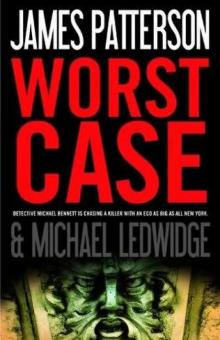 Worst Case mb-3
Worst Case mb-3 Don’t Blink
Don’t Blink The Games
The Games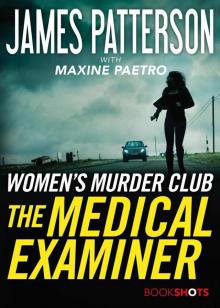 The Medical Examiner: A Women's Murder Club Story
The Medical Examiner: A Women's Murder Club Story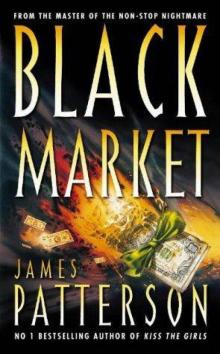 Black Market
Black Market Gone mb-6
Gone mb-6![Women's Murder Club [02] 2nd Chance Read online](http://i1.bookreadfree.com/i1/04/04/womens_murder_club_02_2nd_chance_preview.jpg) Women's Murder Club [02] 2nd Chance
Women's Murder Club [02] 2nd Chance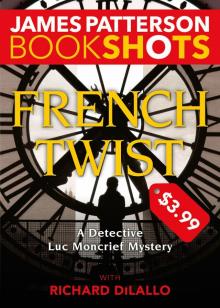 French Twist
French Twist Kenny Wright
Kenny Wright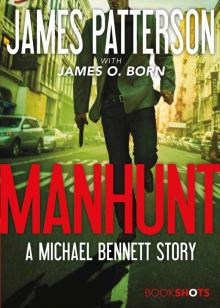 Manhunt: A Michael Bennett Story
Manhunt: A Michael Bennett Story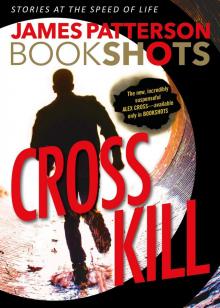 Cross Kill: An Alex Cross Story
Cross Kill: An Alex Cross Story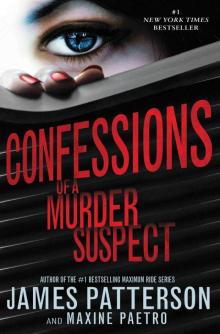 Confessions of a Murder Suspect td-1
Confessions of a Murder Suspect td-1 Second Honeymoon h-2
Second Honeymoon h-2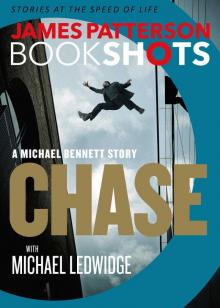 Chase_A BookShot_A Michael Bennett Story
Chase_A BookShot_A Michael Bennett Story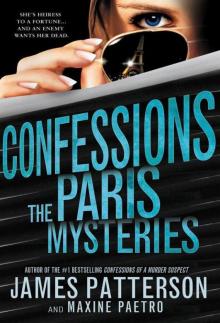 Confessions: The Paris Mysteries
Confessions: The Paris Mysteries![Women's Murder Club [09] The 9th Judgment Read online](http://i1.bookreadfree.com/i2/04/08/womens_murder_club_09_the_9th_judgment_preview.jpg) Women's Murder Club [09] The 9th Judgment
Women's Murder Club [09] The 9th Judgment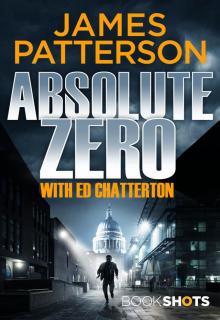 Absolute Zero
Absolute Zero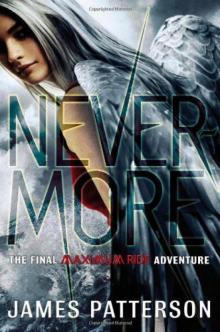 Nevermore: The Final Maximum Ride Adventure mr-8
Nevermore: The Final Maximum Ride Adventure mr-8 Angel: A Maximum Ride Novel mr-7
Angel: A Maximum Ride Novel mr-7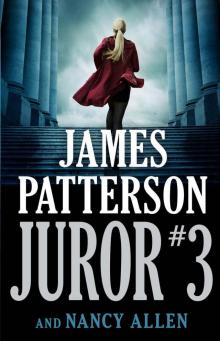 Juror #3
Juror #3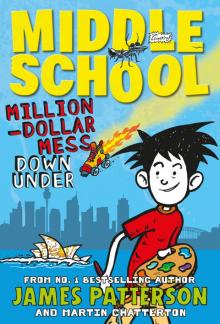 Million-Dollar Mess Down Under
Million-Dollar Mess Down Under The Verdict: BookShots (A Jon Roscoe Thriller)
The Verdict: BookShots (A Jon Roscoe Thriller)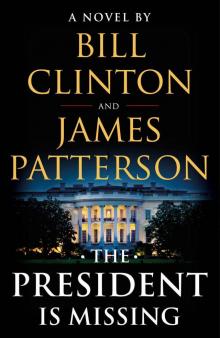 The President Is Missing: A Novel
The President Is Missing: A Novel![Women's Murder Club [04] 4th of July Read online](http://i1.bookreadfree.com/i2/04/06/womens_murder_club_04_4th_of_july_preview.jpg) Women's Murder Club [04] 4th of July
Women's Murder Club [04] 4th of July The Hostage: BookShots (Hotel Series)
The Hostage: BookShots (Hotel Series) $10,000,000 Marriage Proposal
$10,000,000 Marriage Proposal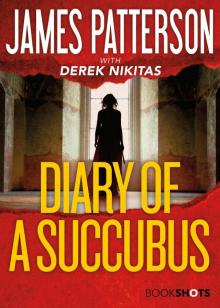 Diary of a Succubus
Diary of a Succubus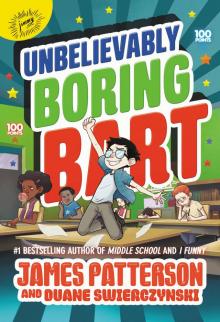 Unbelievably Boring Bart
Unbelievably Boring Bart Angel: A Maximum Ride Novel
Angel: A Maximum Ride Novel Stingrays
Stingrays Confessions: The Private School Murders
Confessions: The Private School Murders Stealing Gulfstreams
Stealing Gulfstreams![Women's Murder Club [05] The 5th Horseman Read online](http://i1.bookreadfree.com/i2/04/05/womens_murder_club_05_the_5th_horseman_preview.jpg) Women's Murder Club [05] The 5th Horseman
Women's Murder Club [05] The 5th Horseman Zoo 2
Zoo 2 Jack Morgan 02 - Private London
Jack Morgan 02 - Private London Treasure Hunters--Quest for the City of Gold
Treasure Hunters--Quest for the City of Gold The Christmas Mystery
The Christmas Mystery Murder in Paradise
Murder in Paradise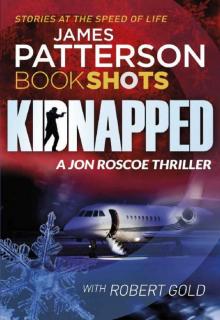 Kidnapped: BookShots (A Jon Roscoe Thriller)
Kidnapped: BookShots (A Jon Roscoe Thriller) Triple Homicide_Thrillers
Triple Homicide_Thrillers 16th Seduction: (Women’s Murder Club 16) (Women's Murder Club)
16th Seduction: (Women’s Murder Club 16) (Women's Murder Club)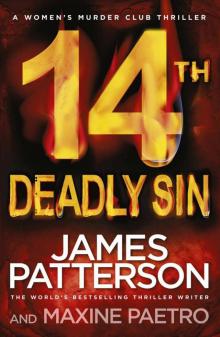 14th Deadly Sin: (Women’s Murder Club 14)
14th Deadly Sin: (Women’s Murder Club 14)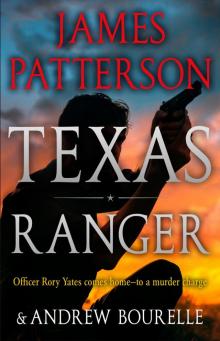 Texas Ranger
Texas Ranger Witch & Wizard 04 - The Kiss
Witch & Wizard 04 - The Kiss![Women's Murder Club [03] 3rd Degree Read online](http://i1.bookreadfree.com/i2/04/12/womens_murder_club_03_3rd_degree_preview.jpg) Women's Murder Club [03] 3rd Degree
Women's Murder Club [03] 3rd Degree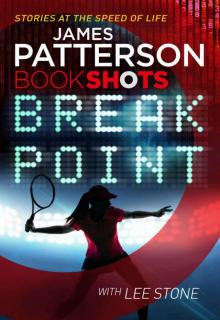 Break Point: BookShots
Break Point: BookShots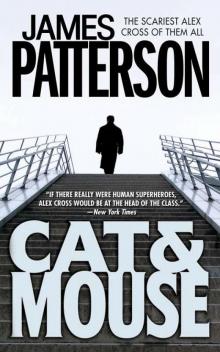 Alex Cross 04 - Cat & Mouse
Alex Cross 04 - Cat & Mouse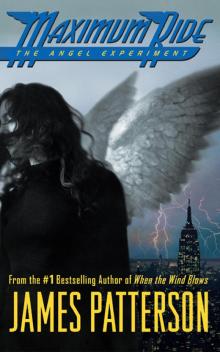 Maximum Ride
Maximum Ride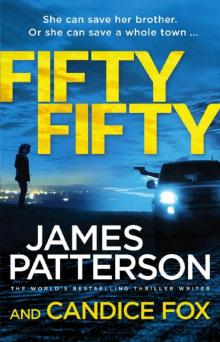 Fifty Fifty: (Harriet Blue 2) (Detective Harriet Blue Series)
Fifty Fifty: (Harriet Blue 2) (Detective Harriet Blue Series) Alex Cross 02 - Kiss the Girls
Alex Cross 02 - Kiss the Girls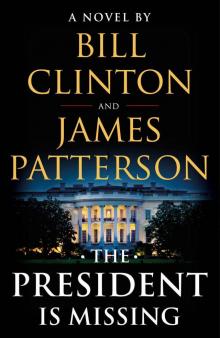 The President Is Missing
The President Is Missing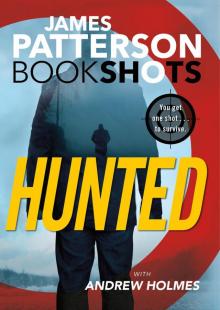 Hunted
Hunted House of Robots
House of Robots Dangerous Days of Daniel X
Dangerous Days of Daniel X Tick Tock mb-4
Tick Tock mb-4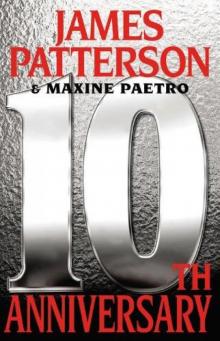 10th Anniversary wmc-10
10th Anniversary wmc-10 The Exile
The Exile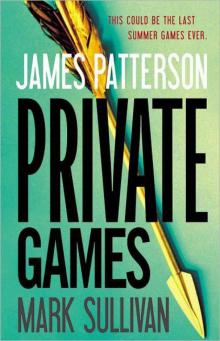 Private Games-Jack Morgan 4 jm-4
Private Games-Jack Morgan 4 jm-4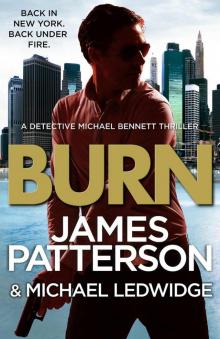 Burn: (Michael Bennett 7)
Burn: (Michael Bennett 7) Laugh Out Loud
Laugh Out Loud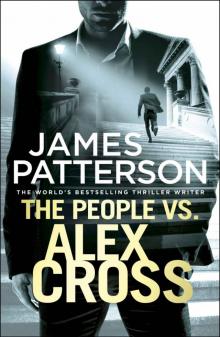 The People vs. Alex Cross: (Alex Cross 25)
The People vs. Alex Cross: (Alex Cross 25)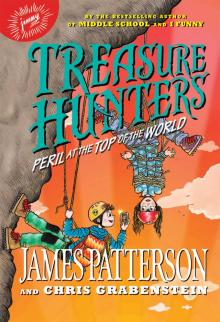 Peril at the Top of the World
Peril at the Top of the World I Funny TV
I Funny TV Merry Christmas, Alex Cross ac-19
Merry Christmas, Alex Cross ac-19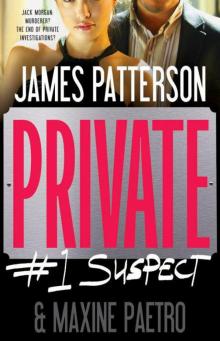 #1 Suspect jm-3
#1 Suspect jm-3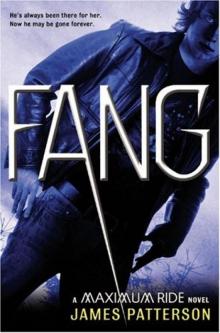 Fang: A Maximum Ride Novel
Fang: A Maximum Ride Novel![Women's Murder Club [07] 7th Heaven Read online](http://i1.bookreadfree.com/i2/04/13/womens_murder_club_07_7th_heaven_preview.jpg) Women's Murder Club [07] 7th Heaven
Women's Murder Club [07] 7th Heaven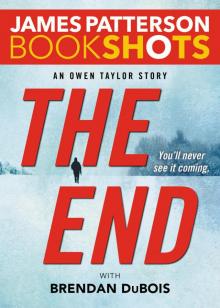 The End
The End